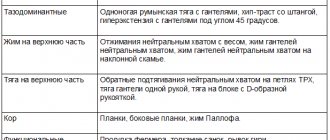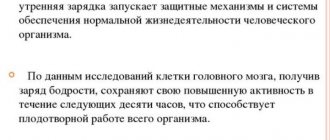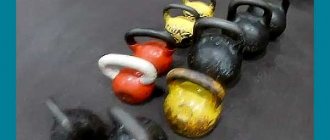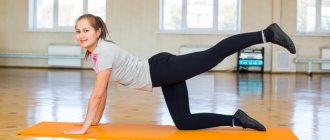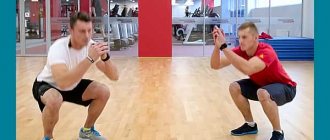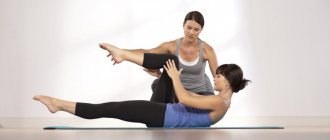We know, we know: you like to run, and not spend hours in the gym. But, whatever one may say, a runner cannot do without strength training. In this article we will talk about several exercises for building a high-quality muscle corset that will help reduce the risk of injury, run hills easier and speed up at the finish line.
In addition, these exercises do not require any sports equipment, so they can be done anywhere. We recommend doing this exercise at least twice a week - after light jogging or on rest days.
Why does a long-distance runner need strength training?
- to reduce the risk of injury
One of the causes of common running injuries is muscle imbalance. Some muscles are better developed in us, others - worse. Not all of them can be strengthened through running alone. We begin to add running load, and the body has to adapt - to compensate for what is weaker at the expense of what is stronger. As a result, incorrect motor patterns are developed, technique is disrupted, and distortions occur—excessive load on certain parts. When their safety margin is not enough, injuries occur.
Through strength training, you can achieve more balanced development, specifically strengthening weak areas, and reduce the risk of injury.
What helps me run without injuries (over 8 years and 20,000 km)
- to run more economically and efficiently, and therefore faster
Standard situation: we run, after some time we get tired and the first thing that “flies” is our posture. We shrink, we hunch over, our technique is disrupted - it becomes harder to run, more energy is consumed. It is also more difficult for the lungs to work with the diaphragm in such “squeezed” conditions. Just suffering.
The correct position of the pelvis and chest relative to each other is ensured by the work of the muscles of the back, abs, buttocks and thigh biceps. In this case, gas exchange is more efficient, fatigue accumulates less, and endurance is higher. In addition, the “arm-leg” ligament works more clearly. Running efficiency increases: less energy is spent on the same work.
The quadriceps is one of the main running muscles, which moves the knee and hip joints forward, is responsible for flexion and extension of the knee, and takes part of the shock load when landing. Developed quadriceps = effective stabilization of the knee joint and increased speed.
A common problem among runners is weak gluteal and hamstring muscles. Strengthening them through exercises helps make the push off more efficient and stronger, and reduces the stress on the knees, hips and ankles.
- to maintain optimal weight and body fat percentage
Losing weight to run faster is a constant in the plans of many runners.
